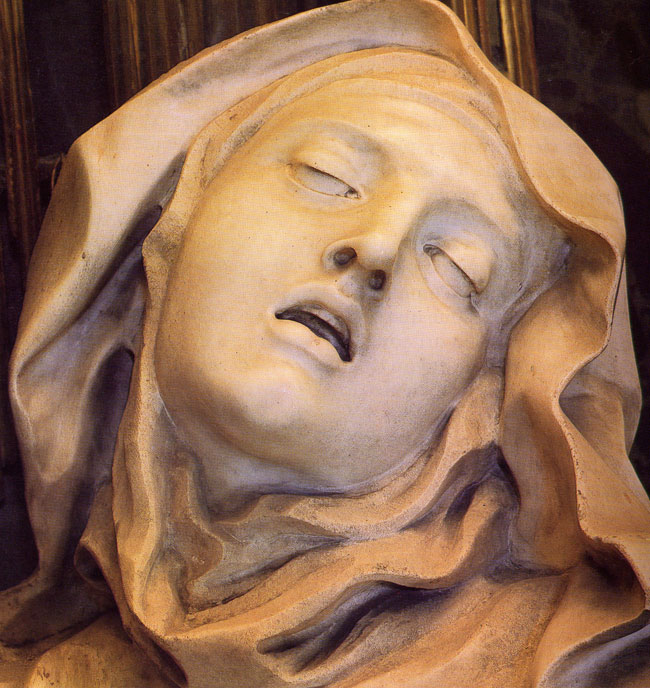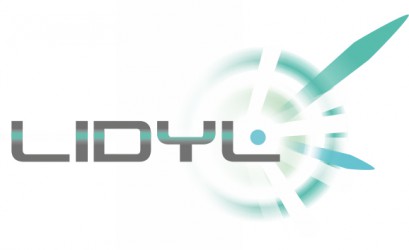Contact Information
Phone: +33 (0)1 69087010
Fax: +33 (0)1 69088707
Addresses and links
Research Program Overview
Photons may have $\hbar \lt$ quanta of both orbital and spin angular momenta (OAM and SAM)
[Lavery 2012]. From the early discussions
[Poynting 1909], SAM was clearly associated to light polarization and led to many diagnosis methods for chiral matter or matter under magnetic fields. For OAM, the theoretical literature only gave a formal description, quite far from experimental reach. Only recently was the link explicitly made between OAM and the light field properties
[allen 1992]. It corresponds, in textbooks examples, to a spiral wavefront, the polarization remaining linear. The two types of angular momenta carry similarities and differences when they come to interact with matter, justifying their joint study.
So far, it was mostly studied in the visible range for its potential application for optical tweezers, quantum entanglement, to improve data multiplexing or to monitor surfaces. It also triggered a great deal of fundamental questions about its link and interplay with regular SAM. Moreover, when interacting with matter, it may induce unusual nonlinear processes. These specificities are related to the momentum conservation laws. However, fundamental tests could only be partially carried out, either because the IR-visible light induces transitions in usually very crowded regions of the spectrum, or because the reported nonlinear processes remain confined to the 3rd order.
In Xstase we plan to develop XUV sources, with femtosecond to attosecond durations to study ultrashort interaction of matter with either type of angular momentum.
Xstase is a young researcher project funded by the French Agence Nationale de la Recherche. It runs from 2014 to 2019. It is coordinated by Thierry Ruchon from LIDYL laboratory and puts together researchers from this lab exclusively.


